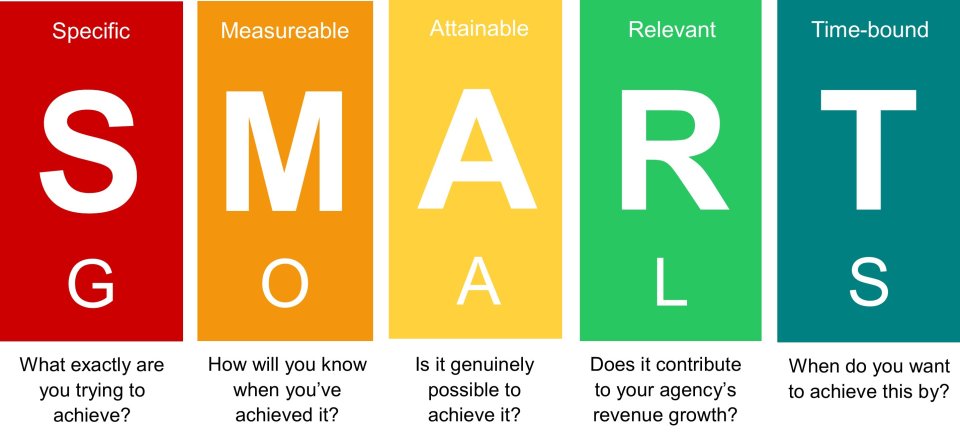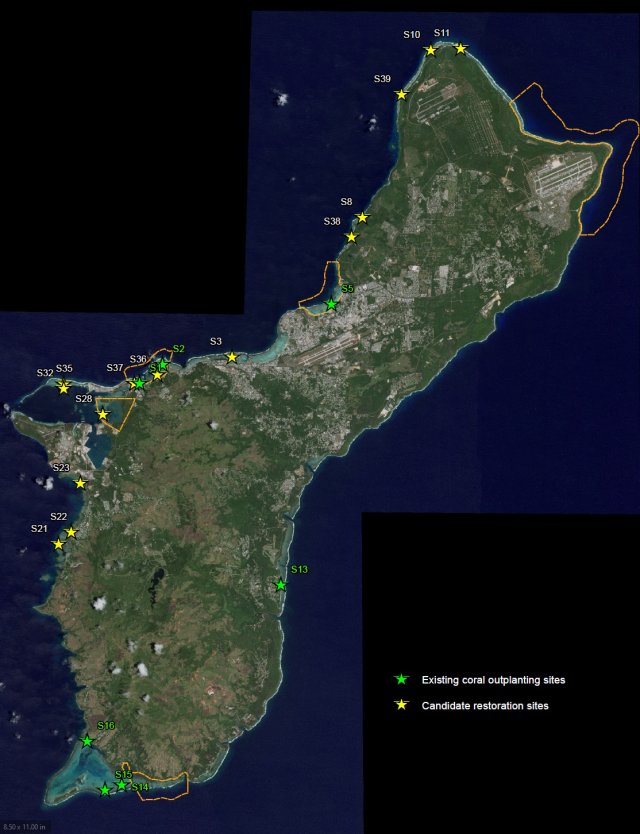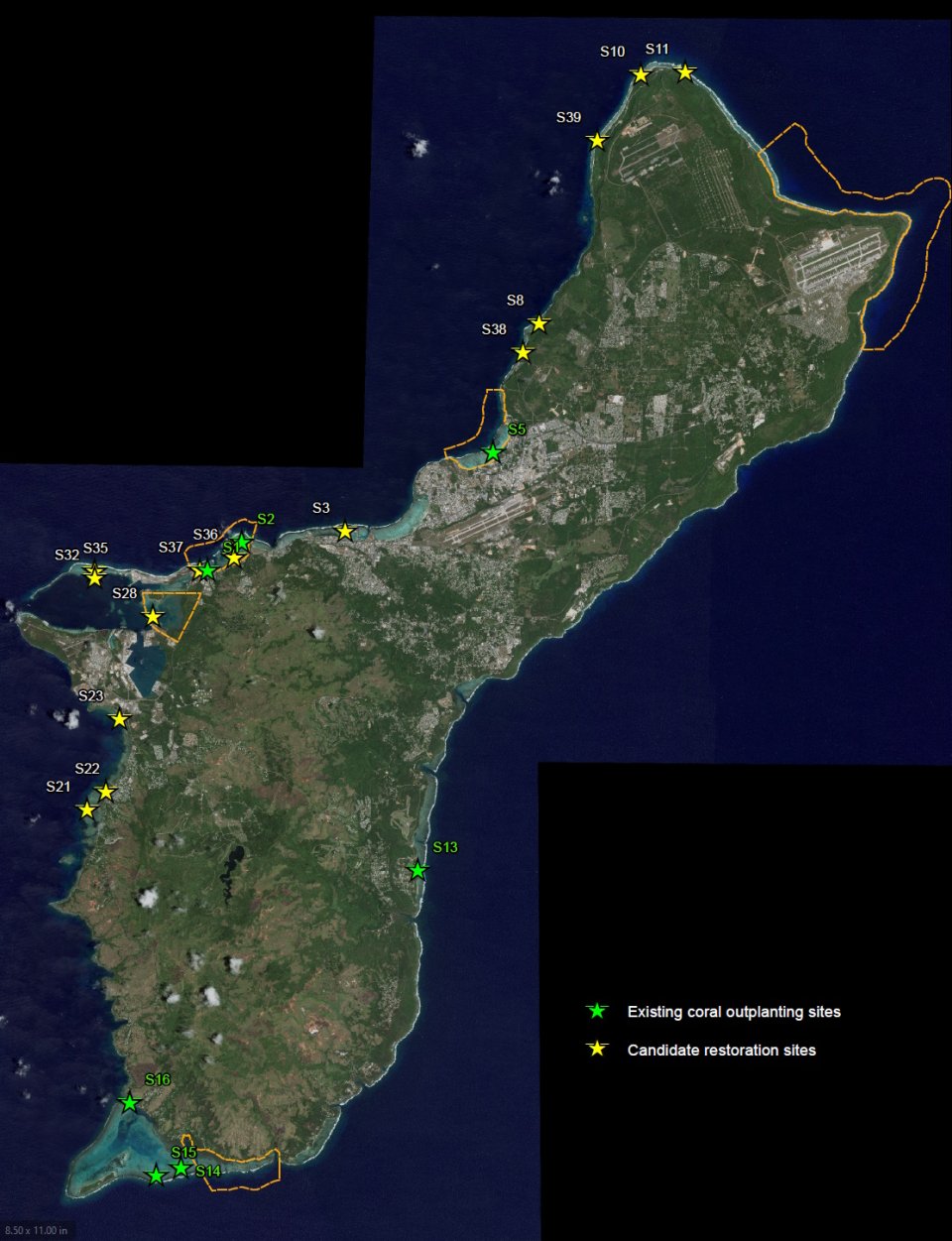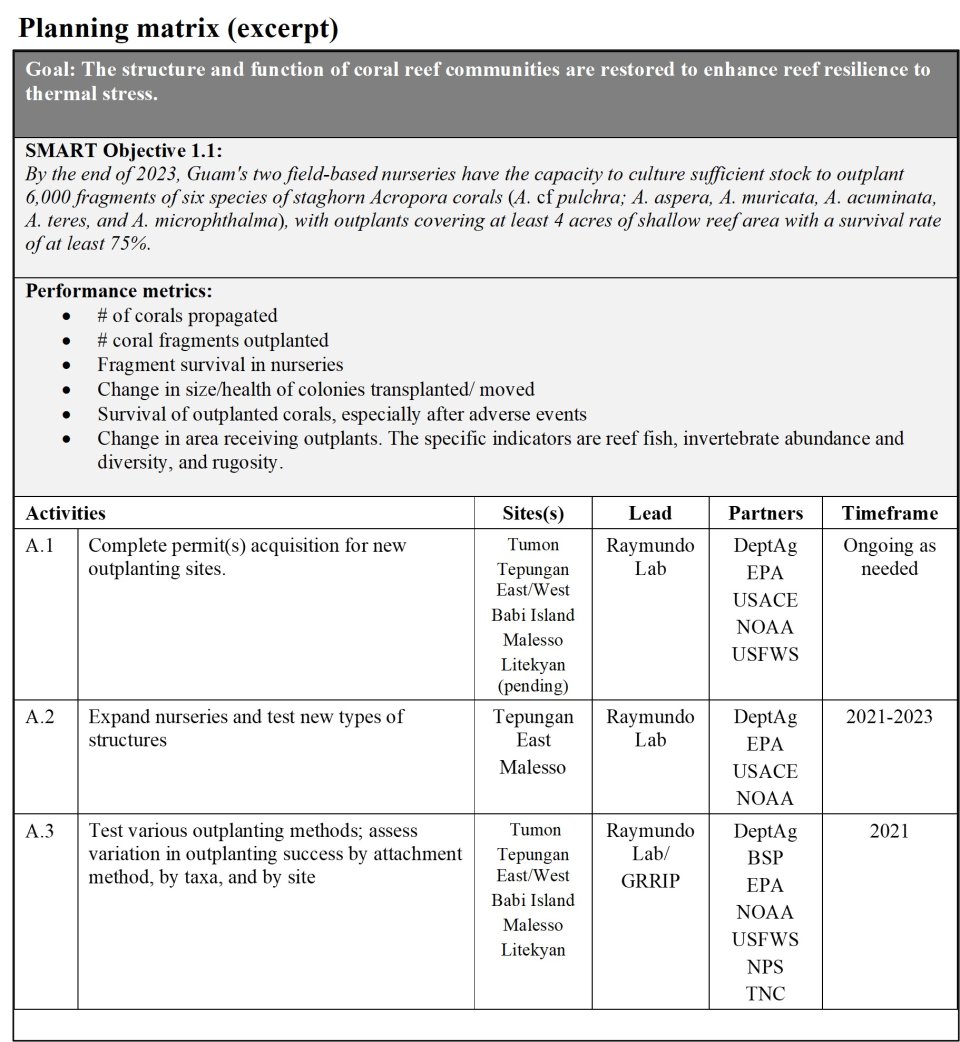Example - Coral Reef
Step 1 Set Goal & Scope
A planning team with the Guam Coral Reef Initiative, relying on a recent coral reef Restoration Guide and expert knowledge of their assembled team, developed an action plan that set one primary and two secondary SMART (Specific, Measurable, Attainable, Relevant, and Time-Bound) goals (Figure 1).
In the context of a five year plan:
- Restore the structure and function of coral reef communities to enhance reef resilience to thermal stress.
- Restore reef fish habitat to support sustainable subsistence and commercial fisheries.
- Recover coral species that were once abundant but are now rare to sustain their specific functions.
Scope (geographic focus) was determined for each priority goal (and thus could differ among goals) based on the evaluation of locations of reef areas (Figure 2) related/relevant to the goal, existing and predicted future capacity for restoration work, challenges with logistics and cost of site accessibility, management and regulatory contexts (e.g., marine preserves, permitting), understanding of local stressors impacting reef sites, knowledge of best practices for restoration in various reef zones, and anticipated stakeholder buy-in and community engagement potential.
Goal 1 was selected as the first priority based on the recent severe impacts of coral bleaching on Guam and the need to increase resilience to climate change, particularly to thermal stress. Subsequent planning steps (vulnerability assessment, site selection, evaluation of interventions, and assembly of the action plan) focused on this goal.
In addition, the planning team decided to focus Goal 1 on reef flats only due to budgetary and logistical considerations. Reef flats have been severely impacted by coral bleaching and extreme low tides since 2013. Restoration efforts on reef flats are less likely to be negatively impacted by Crown-of-thorns starfish predation, and most reef flats with high coral cover are on the west (leeward) side of the island.
Step 2 Assess Threats & Vulnerabilities
The Restoration Guide calls for the use of indicators of climate exposures and ecological resilience (a combination of coral sensitivity and adaptive capacity) to characterize climate threats and vulnerabilities and indicators of human influences to characterize other threats in their planning area. Each indicator is then related based on expert knowledge, using categorical rankings to facilitate a semi-quantitative assessment and comparisons across indicators (Figure 3).
The Guam action plan uses typical ecological resilience factors specific to coral reefs such as coral cover, diversity, and disease. Future exposure was considered for all coral reef areas using publicly available data on the severity of coral bleaching conditions and cyclones/hurricanes. This information was used to inform the climate-smart design of interventions (Step 4).
Step 3 Identify, Evaluate & Prioritize Site(s)
As detailed in their action plan, the Guam planning team identified 20 potential sites (Figure 4) within the geographic focus area for their goal (Restoration Guide step 2).
They divided the designated focus area into four sub-areas to facilitate a structured site review. They evaluated the sites based on human use intensity, extent of land-based sources of pollution impacts, coral cover, and accessibility. They scored each of the 20 sites according to 14 biological and socioeconomic indicators, documenting results in a spreadsheet:
- Biological indicators: Herbivore biomass, coral cover, coral diversity, substrate availability, water quality, nuisance species, coral disease.
- Socioeconomic indicators: Accessibility, level of management, proximity to nursery, reef value, potential for partnerships, data availability, whether restoration is already in progress or planned
A consensus-based indicator weighting and rescoring process was used to combine final average scores (Figure 5).
Site prioritization based on the scoring plus additional inputs from stakeholders and experts sorted the 20 sites into 4 high priority sites and 5 medium-high priority sites (Figure 6) for implementation of interventions.
Step 4 Identify, Design & Select Interventions
In brainstorming sessions, the Guam coral reef restoration planning team identified 11 intervention options for reef flat sites that were selected as priorities (Restoration Guide step 3). The action plan lays out intervention options ranging from nursery-based coral propagation and transplantation (Figure 7) to reef stabilization, restoration of adjacent seagrass and mangrove habitats, and management of predators, diseases, and algae.
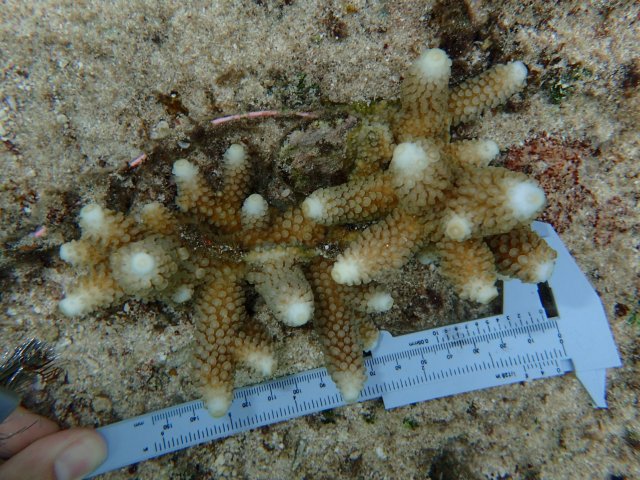
The team described the relevant design elements for each intervention, such as: What coral species will be used? Where will corals be obtained? What coral propagation and/or out-planting methods will be used? What biological control techniques will be used? What physical or engineering techniques will be used?
The long-term robustness of design elements was improved by evaluating climate-smart design considerations regarding:
- How climate change and its interaction with local stressors will impact the biological resilience of the restoration intervention.
- How climate change will affect the physical functionality of the intervention through direct impacts on structural components.
- What design adjustments will be needed as a result.
The final selection of three to four primary intervention options and two to six supplemental (supporting) intervention options was made for each site based on an evaluation process using expert judgement. Evaluation criteria scored on a scale of 1-5 (Figure 8) include the likely effectiveness based on climate-smart design and other considerations such as feasibility, flexibility, urgency, and external benefits or tradeoffs.
Primary intervention options (such as coral transplantation) are stand-alone interventions that directly contribute to the restoration goal. Supplemental intervention options (such as algal removal to prepare the substrate) are conducted in support of one or more primary interventions to facilitate success. Supplemental interventions may also be conducted independently of primary interventions at sites where the primary interventions are either not necessary or not feasible.
Step 5 Assemble Objectives, Targets & Action Plan
The Guam coral reef restoration planning team assembled the objectives, metrics for targets, and other results of their earlier steps of planning into an action plan that:
- Describes SMART (Specific, Measurable, Attainable, Relevant, and Time-Bound) objectives associated with the goal (Figure 9);
- Describes the targets and outputs anticipated for each objective;
- Describes data gaps and research needs;
- Suggests performance metrics for both short- and longer-term monitoring of each objective; and
- Describes a timeline for activities and intervention implementation.
A set of primary and supplemental interventions is described, with supplemental interventions intended to either support primary interventions to facilitate success and further the restoration goal or be implemented independently at sites where the primary interventions are either not necessary or not feasible. This provides a more comprehensive picture of a path for accomplishing each objective.
In an earlier step, the Guam team reviewed each of the primary and supplemental intervention options with respect to each of the selected restoration sites by scoring each according to various criteria within the categories of effectiveness, feasibility, flexibility, urgency, and externalities). In the action plan (Figure 10), the resulting combination of priority interventions for each restoration site is presented with information on needed sequencing (e.g., certain supplemental interventions will have to be done before certain primary interventions can be successful).
Step 6 Implement Interventions & Monitoring
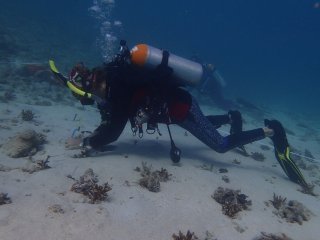
In the Guam action plan, detailed descriptions of each intervention have been assembled from the combination of previous steps (including answers to climate-smart design consideration questions). This includes descriptions of exactly where, what and how activities (Figure 11) will be implemented. Progress on project implementation through initial monitoring and progress on developing a more extensive, long-term monitoring plan will be investigated with key members of the Guam planning team.
Step 7 Document Progress & Evaluate Success
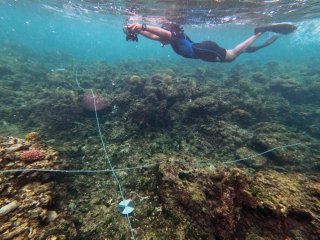
As emphasized in the Restoration Guide, monitoring (Figure 12) is intended to be simultaneous with implementation to document progress and evaluate the success of interventions in the shorter term and to track achievement of ecosystem recovery and other restoration goals in the longer term.
This will be key for enabling adaptive management, where the results of initial activities can be used to adjust and improve ongoing and future actions and improve management outcomes over time.

